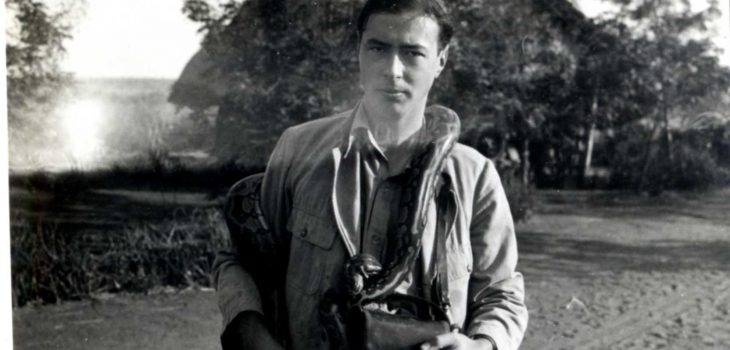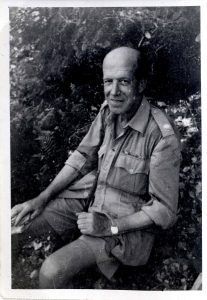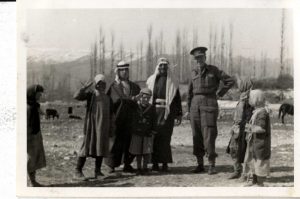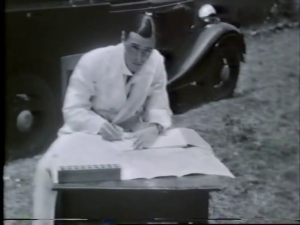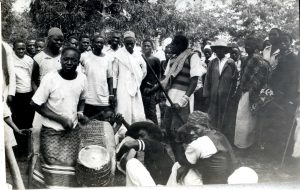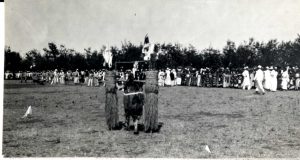Back in January, we chose the H.S Leeson papers to be our Collection of the Month, but since then the collection has grown. In March, we were kindly gifted 142 photographs that were taken by or feature H.S. Leeson. The images depict his time in the Middle East during the Second World War, his time in Africa investigating Malaria and personal images of himself and his family.
Who was H.S Leeson?
Major H S Leeson a Liverpudlian entomologist, taught at the Liverpool School of Tropical Medicine in 1909 until he joined the Royal Army Medical Corps (RAMC). Here, he worked with Professor Robert Newstead, Major EE Austen and Mr R Jackson on the study of the housefly in France. His association with the London School of Hygiene & Tropical Medicine began on his return from the First World War when he passed his sanitation examination and became an Associate of the Royal Sanitary Institute and in 1925 was hired as collector-demonstrator to Colonel A Alcock in the Entomology Department.
During the 1920s and 1930s, Leeson travelled to Africa and the Middle East to further his studies. From 1926 to 1928 he spent three years in Southern Rhodesia on an Anopheles survey – a work which was published as Memoir No.4 of the Research Series of the School. From 1933 to 1936 he returned to Southern Rhodesia on a study of Anopheles gambiae and Anopheles funestus. In 1936 he went on an expedition to East Africa, including Kenya, Uganda and Tanganyika to again study Anopheles funestus.
During the Second World War, Leeson played a vital part in the prevention of malaria in Lebanon, Syria, Palestine, Egypt and Cyprus by carrying out anopheline surveys as the entomologist of the No. 2 Malaria Field Laboratory and from 1943 to 1945, Leeson was the head of the malaria wing of the Middle East School of Hygiene. On his return to England, Leeson worked as a lecturer for the Department of Entomology at LSHTM.
What is the film ‘Roads of Africa’ about?
It was during his expedition to East Africa in 1936 where Leeson and his assistant David Gillett, who was later Professor and honorary research fellow at LSHTM, recorded the 10-month expedition from their departure from Croydon airport to Uganda, Tanganyika and Kenya and titled it ‘Roads of Africa’. As well as showing details of the expedition, the film gives an insight into the lives of the people they met in Africa – the men they recruited as assistants, the women preparing food and carrying water, the families dressed in their Sunday best and the children dancing. There are also wonderful views of the scenery and wildlife in Africa. Gillett’s voiceover was added to the ‘Roads of Africa’ shortly before his death in 1995.
Many of the newly added images were taken during filming. This has been incredibly useful as many of the images do not have any information to match the date, location or those featured in the image; the ‘Roads of Africa’ has enabled us to establish the image’s background and with the insightful commentary from David Gillet, has brought the images to life.
These images are a great addition to the Leeson Collection which already contains papers from his expedition to Africa and his time in the Middle East, where he visited countries such as Yemen and Palestine. The archive also holds a small collection of material relating to the work of David Gillett from 1930s to 1990s.
If you would like to view the Leeson Collection or have any queries, please email the Archives’ team.




